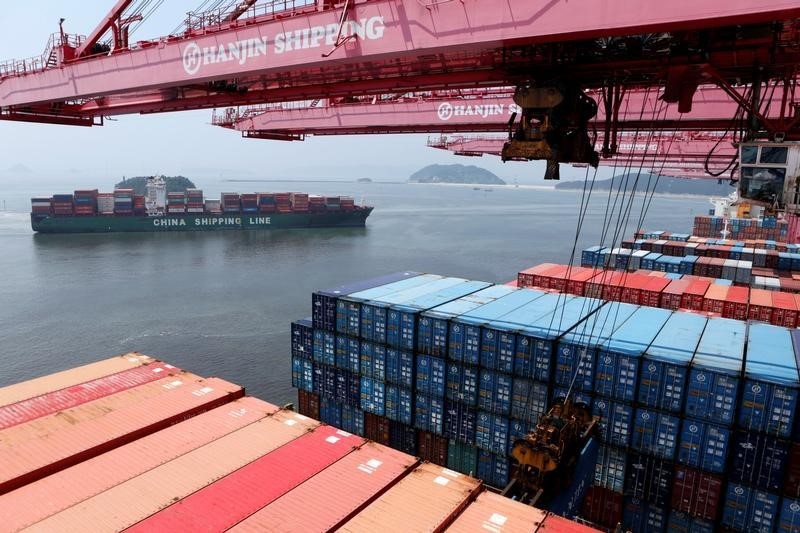In a surprising turn, China’s trade balance took a hit in July, contracting more than analysts had predicted. This setback was largely driven by a weaker-than-expected boost in exports, partly due to the implementation of new European tariffs on China’s electric vehicle (EV) industry. Simultaneously, imports surged past all expectations, further narrowing the trade surplus.
According to customs data released on Wednesday, China reported a trade surplus of $84.65 billion for July. This figure fell short of the anticipated $97.5 billion and was a notable decline from the $99.05 billion recorded in June.
The lackluster trade surplus stemmed from a smaller-than-anticipated rise in exports, which grew by only 7% year-on-year. Analysts had expected a 9.7% increase, and the previous month had seen 8.6% growth. The introduction of higher tariffs on Chinese EVs by the European Union in early July played a key role in this slowdown. While these tariffs initially dampened export performance, their long-term impact on China’s overall export strength remains uncertain. However, the larger picture points to a global economy grappling with sluggish growth, which is also pressuring demand in China’s top export markets.
On the flip side, China’s import numbers for July were nothing short of astonishing. Imports jumped by 7.2% year-on-year, far exceeding the expected 3.5% rise and reversing the 2.3% contraction seen in June. This surge suggests that domestic demand within China remains robust, even as other indicators suggest an economic slowdown. However, it’s too early to determine whether this import boom signals a new trend or is merely a temporary blip.
The data paints a complex picture of China’s economic standing, with strong domestic resilience offsetting some of the pressures from abroad. Yet, the unpredictable nature of global demand and the effects of trade tariffs leave many questions unanswered as we look ahead.

